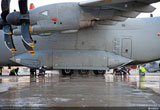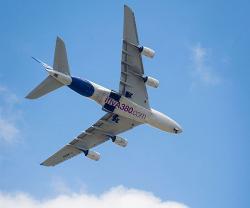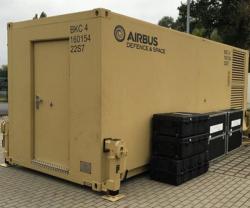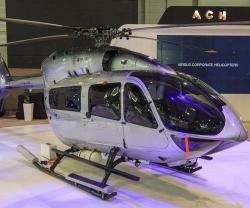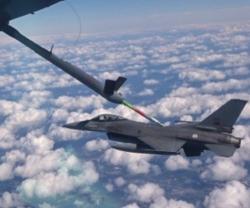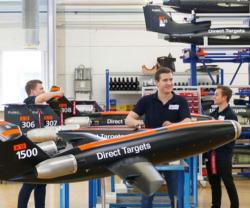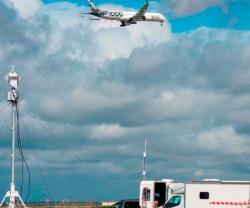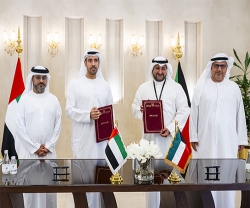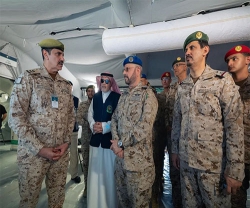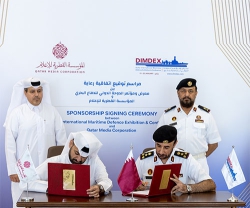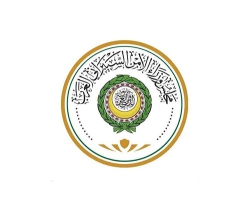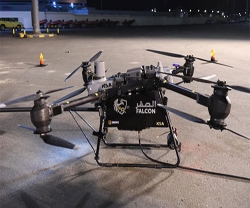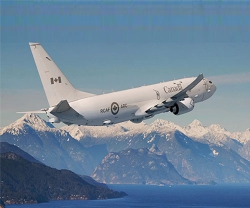The Airbus Military A400M new generation airlifter has passed a series of key tests as the aircraft continues to progress towards civil and military type certification.
On 17th September, the aircraft (Grizzly 1) successfully performed the high-energy rejected take-off test which confirms the capability of the braking system to stop the aircraft safely following a rejected take-off at high speed and high weight. During the week the emergency evacuation tests were also carried out to demonstrate that the aircraft can be safely evacuated in a specified time when loaded with troops or other passengers in various configurations.
The high-energy rejected take-off test is one of the toughest in the program and, because of the risk of damage to the aircraft, is among the last items performed before preparation of the aircraft flight manual. It was carried out on runway 14R at Toulouse Airport and required the aircraft, loaded to the maximum take-off weight, to make a simulated take-off run which was aborted at the V1 decision speed. V1 is the maximum speed at which the pilot has to decide whether to continue a take-off or abort it.
As specified by the testing authorities the aircraft was then taxied clear of the runway and stopped for five minutes before firefighters were allowed to cool the brakes and wheels. As is typical in this test, three of the aircraft's tires deflated. There was no further damage and the test was highly successful.
The emergency evacuation tests were performed over several days at the A400M Final Assembly Line in Seville using the fifth development aircraft which is mostly complete and due to fly before the end of the year. All the tests required for certification were passed. They were performed with, respectively, paratroopers, conventional troops, in a medical evacuation configuration, and in a mixed configuration of troops and cargo.
Airbus Head of Flight Operations Fernando Alonso said: "These are vital tests to satisfy highly specific certification requirements and it is very satisfying to see the aircraft performing so well against them. We look forward to more strong progress in the next few weeks as we work towards type certification."
For more information, check Al-Defaiya Issue # 5/2011

